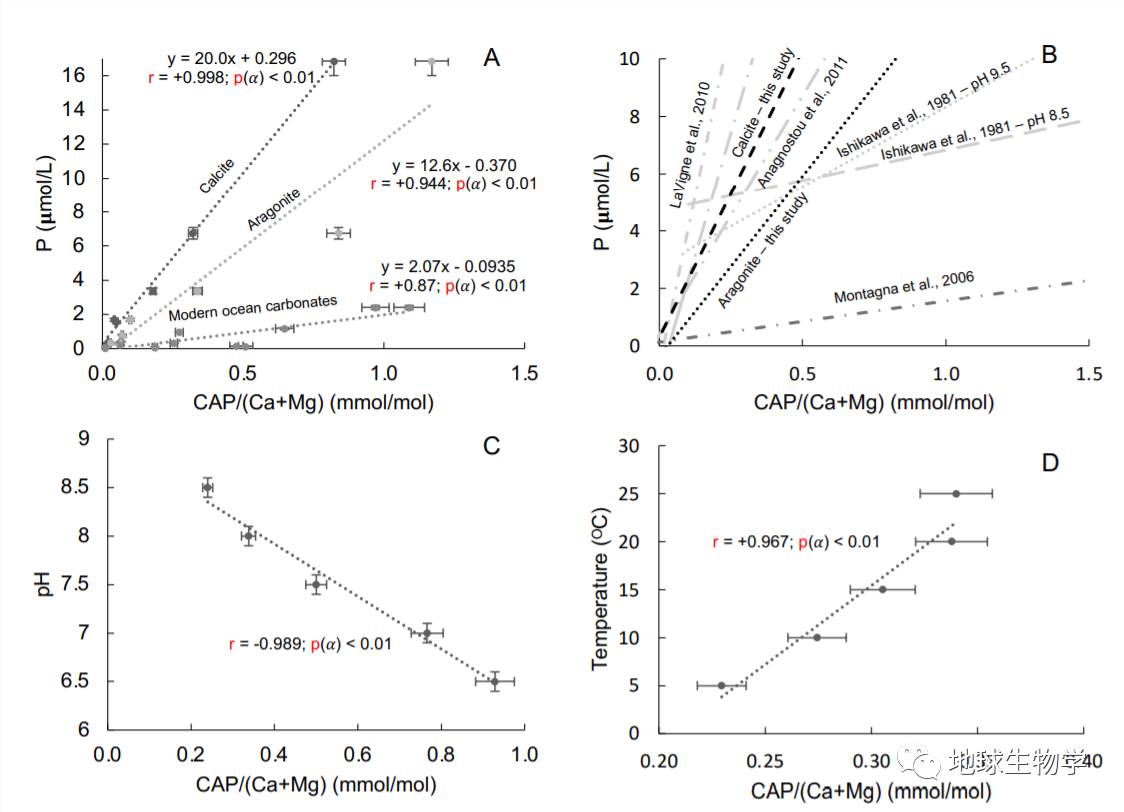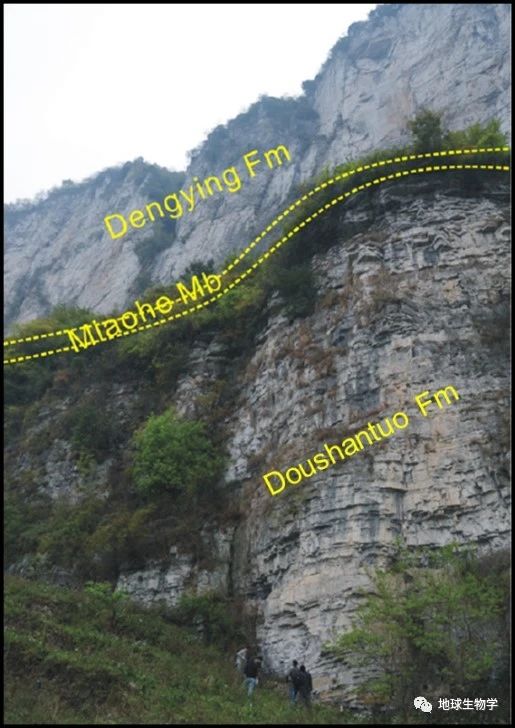Phosphorus is considered the ultimate limiting nutrient in the oceans over geological timescales. Phosphate (PO43-) availability consequently exerts control on the global carbon cycle and atmospheric/oceanicredox conditions over million-year timescales. Despite its importance, there are no established tools that can directly and continuously reconstruct oceanic phosphate concentrations through time. Here, we report a new approach to carbonate-associated phosphate (CAP) extraction and a series of experiment-based constraints for using CAP as a tool for reconstructing ancient oceanic phosphate concentrations. Experimental work shows that phosphate is incorporated into carbonate at various concentrations as a function of solution phosphate concentration, pH, temperature, and carbonate mineralogy. It is recommended here that in order to selectively extract CAP, carbonate sediments should be partially leached in order to avoid contamination from non-carbonate phases. Analyses of recent and ancient carbonates indicate that CAP values may shift during neomorphic aragonite-to-calcite transformations and secondary alteration. Diagenetic carbonate concretions in the organic- and phosphorus-rich Monterey Formation yield elevated CAP values that correlate with indicators of significant organic matter oxidation; however, this pattern was not observed for geologically young, weakly altered carbonates in the Marion Platform (north-eastern Australian shelf). These observations suggest CAP can yield reliable information on secular variation in oceanic phosphate concentrations and semi-quantitative reconstructions, if samples are characterised mineralogically and screened for secondary alteration.

Fig1: CAP in synthetic carbonates. A) CAP in synthetic aragonite and calcite and modern ocean carbonates as a function of solution phosphate concentration. B) Comparison of CAP relationships with solution phosphate in other published work. C) CAP in synthetic aragonite as a function of solution pH. D) CAP in synthetic aragonite as a function of solution temperature. All CAP values are normalized to Ca + Mg concentrations in their corresponding decarbonated solutions.

Figure 2: Ediacaran thick carbonate deposits represent the key period of life evolution and environment. The picture shows ultra-thick carbonate formation from Doushantuo Fm and Dengying Fm of Ediacara system in China's Three Gorges area. These strata are living evidence for the early oxidation of the earth's atmosphere and oceans and the rapid evolution of early animals and complex eukaryotic algae. The picture was modified by Lu et al. (2013).
Title:Development of carbonate-associated phosphate (CAP) as a proxy for reconstructing ancient ocean phosphate levels
Authors:Matthew S. Dodd, Zihu Zhang, Chao Li*, Thomas J. Algeo, Timothy W. Lyons, Dalton S. Hardisty, Sean J. Loyd, David L. Meyer, Benjamin C. Gill, Wei Shi, Wei Wang
Source:Geochimica et Cosmochimica Acta. 2021
DOI: https://doi.org/10.1016/j.gca.2021.02.038.